Wei Lyu
Prediction of Depression Severity Based on the Prosodic and Semantic Features with Bidirectional LSTM and Time Distributed CNN
Feb 25, 2022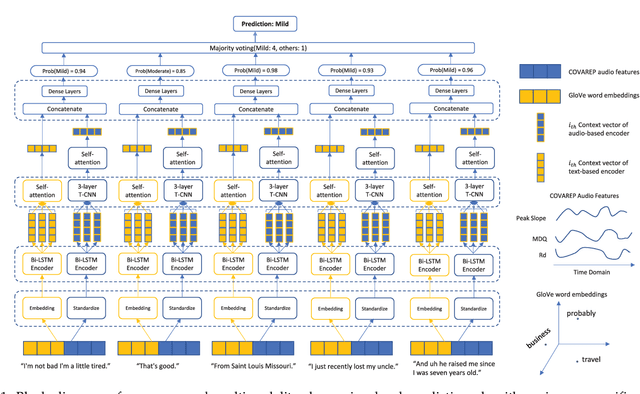
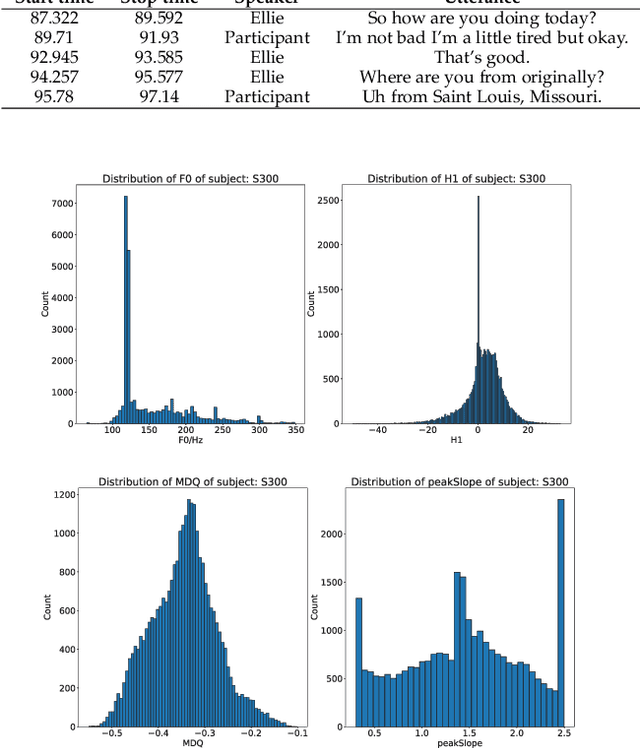

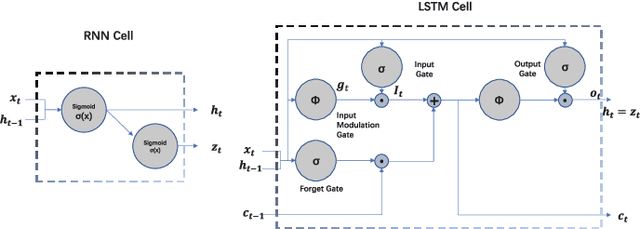
Abstract:Depression is increasingly impacting individuals both physically and psychologically worldwide. It has become a global major public health problem and attracts attention from various research fields. Traditionally, the diagnosis of depression is formulated through semi-structured interviews and supplementary questionnaires, which makes the diagnosis heavily relying on physicians experience and is subject to bias. Mental health monitoring and cloud-based remote diagnosis can be implemented through an automated depression diagnosis system. In this article, we propose an attention-based multimodality speech and text representation for depression prediction. Our model is trained to estimate the depression severity of participants using the Distress Analysis Interview Corpus-Wizard of Oz (DAIC-WOZ) dataset. For the audio modality, we use the collaborative voice analysis repository (COVAREP) features provided by the dataset and employ a Bidirectional Long Short-Term Memory Network (Bi-LSTM) followed by a Time-distributed Convolutional Neural Network (T-CNN). For the text modality, we use global vectors for word representation (GloVe) to perform word embeddings and the embeddings are fed into the Bi-LSTM network. Results show that both audio and text models perform well on the depression severity estimation task, with best sequence level F1 score of 0.9870 and patient-level F1 score of 0.9074 for the audio model over five classes (healthy, mild, moderate, moderately severe, and severe), as well as sequence level F1 score of 0.9709 and patient-level F1 score of 0.9245 for the text model over five classes. Results are similar for the multimodality fused model, with the highest F1 score of 0.9580 on the patient-level depression detection task over five classes. Experiments show statistically significant improvements over previous works.
Performance Evaluation of Channel Decoding With Deep Neural Networks
Jan 31, 2018
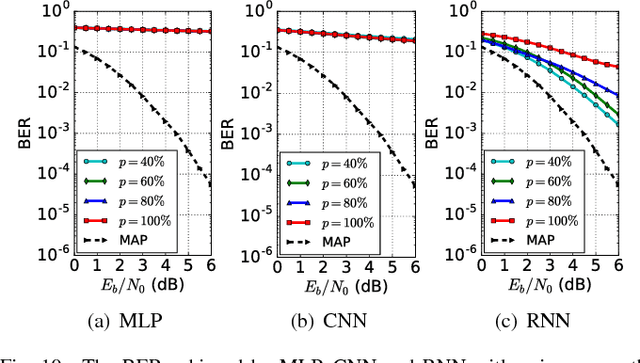
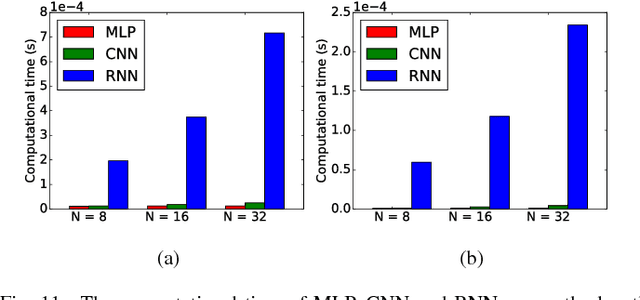
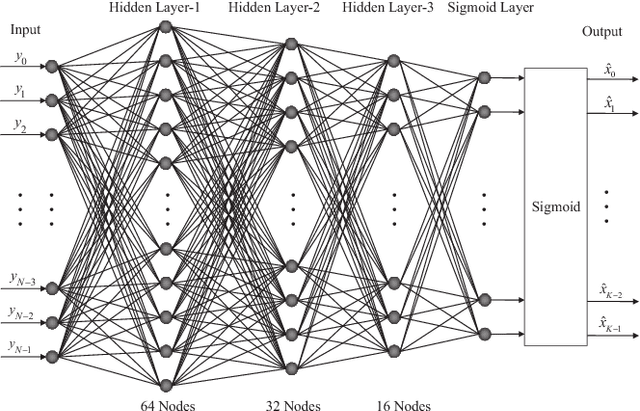
Abstract:With the demand of high data rate and low latency in fifth generation (5G), deep neural network decoder (NND) has become a promising candidate due to its capability of one-shot decoding and parallel computing. In this paper, three types of NND, i.e., multi-layer perceptron (MLP), convolution neural network (CNN) and recurrent neural network (RNN), are proposed with the same parameter magnitude. The performance of these deep neural networks are evaluated through extensive simulation. Numerical results show that RNN has the best decoding performance, yet at the price of the highest computational overhead. Moreover, we find there exists a saturation length for each type of neural network, which is caused by their restricted learning abilities.
 Add to Chrome
Add to Chrome Add to Firefox
Add to Firefox Add to Edge
Add to Edge